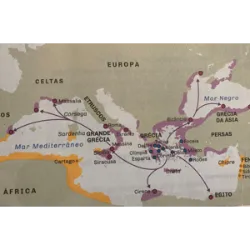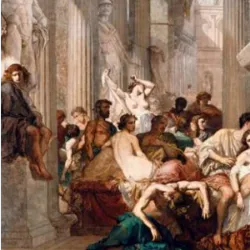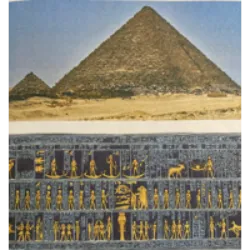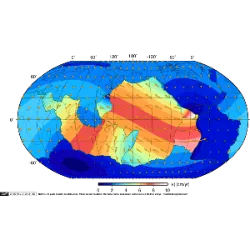The Great Western Schism (1378-1417)
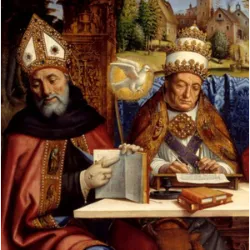
The Great Western Schism, which occurred between 1378 and 1417, was one of the most turbulent periods in the history of the Catholic Church. During this period, the Church was divided, with multiple popes claiming authority simultaneously, which weakened its spiritual power and created serious political and religious divisions in Europe.
It all began after the death of Pope Gregory XI in 1378, when the French cardinal Clement VII was elected pope, but the election was contested by many cardinals, who chose Urban VI as pope. Thus, two rival popes emerged, one in Rome and the other in Avignon, and the schism began. Over time, the division deepened, with other popes being elected and Europe becoming polarized between factions supporting one pope or the other.
The schism weakened the authority of the Church, damaging its credibility and creating a period of religious uncertainty. Furthermore, the division and weakening of the Church also increased political tensions, with kingdoms and factions adopting popes according to their interests.
In 1417, the Schism was resolved at the Council of Constance, with the election of a single pope, but the damage to the unity of the Church and its influence on medieval society was profound, paving the way for future religious reforms.
Did you know??
